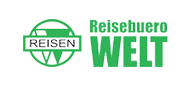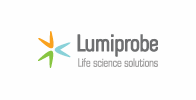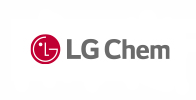partners







Roland Netz
Fachbereich Physik Freie
Universität Berlin
Dielectric spectroscopy is an important tool to study structural and dynamical properties of polyelectrolyte solutions since spectral features at different frequencies address competing processes in a vast range of time scales. We discuss several dielectric modes that arise from the dielectric response of PE chains themselves, counterions as well as water molecules. The dynamic and structural properties of water in the immediate vicinity of ions and charged groups are important for a number of technological and biological processes. Solvation water in electrolyte solution constitutes without doubt the simplest scenario, yet a number of open and puzzling questions exist. Infra-red spectroscopic studies demonstrate that solvation water next to ions is generally slowed down in its orientational motion. In contrast, experiments in the GHz and the THz regimes probe the collective water motion and demonstrate a speed-up (blue-shift) of the water relaxation with rising electrolyte concentration. This blue shift is due to collective dynamic effects, i.e., the coupling of the dynamics of one water molecule to its neighbors. The dielectric decrement and the blue shift of electrolyte dielectric spectra are connected and the consequence of the dielectric structure breaking influence of ions on the first solvation shell of water, in line with the Madden−Kivelson theory. In polyelectrolyte solutions additional low-frequency relaxation modes are observed that can be used to extract polymeric length scales and counterion dynamics. The slowest dielectric relaxation in salt-free PE solutions is suggested to follow from thermally activated barrier-hopping processes of counterions between neighboring PE chains. Similar barrier-hopping events of single protons in water clusters are shown to lead to broad spectral signatures in the infra-red regime.